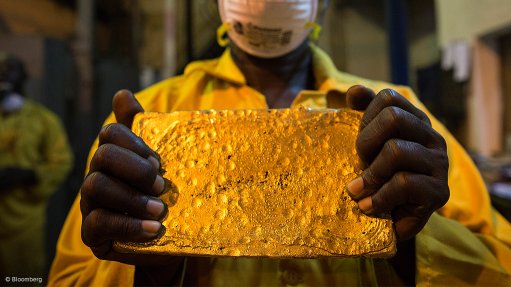Gold deliveries soar 40.6pc in Q1 2025…Small-scale miners lead
Zimbabwe’s gold deliveries experienced a significant upswing in the first quarter of 2025, reaching a total of 8 496.4 kilogrammes, a substantial 40.6 percent increase compared to the 6 044.96kg recorded in the same period of 2024, according to statistics from Fidelity Gold Refineries.
Small-scale producers maintained their dominance, accounting for a remarkable 5 770.85kg in the first quarter. This figure dwarfs the 2 725.55kg delivered by large scale producers during the same period.
Primary producers are typically larger, established mining companies with significant capital investment and formalised operations. Their contribution, while still substantial, is considerably lower than that of small-scale miners.
Secondary producers, who often operate with less capital and more rudimentary methods, have become the major drivers of Zimbabwe’s gold output, with their contribution significantly outpacing that of the primary producers. This could be due to an increase in the number of small-scale miners, significantly improved organisation within the sector, Government initiatives to formalise and support for small-scale mining, or potentially higher gold prices incentivising their activity.
Gold remains Zimbabwe’s single largest export commodity, playing a pivotal role in the country’s foreign currency earnings. In 2024, the sector generated a substantial US$2.4 billion in export revenue.
Significant investments have led to the reopening of old mines and increased production at existing ones. Furthermore, improved payments to small-scale miners and Government efforts to encourage sales through official channels have boosted output.
Increased mining activity by small-scale miners, prompt payments and strong gold prices, have all contributed to the higher output.
Global gold prices increased to a record high last week, reaching US$3 167.57 per ounce.
This milestone underscores the strong upward trajectory of the precious metal, which has already seen a significant 16 percent increase in value since the beginning of this year.
According to market analysts, gold’s historical peak of US$850 per ounce in 1980, when adjusted for inflation, would currently equate to roughly US$3 486. Tuesday’s spot price was US$3 000.63.
In 2024, gold production surpassed the Government’s target and even exceeded the previous record from 2022, positioning Zimbabwe as a potential major gold producer in Africa.
Meanwhile, Reserve Bank of Zimbabwe (RBZ) Governor, Dr John Mushayavanhu, reported a substantial increase in foreign reserves backing the Zimbabwe Gold (ZiG). By the end of March 2025, the reserves stood at US$629 million, a notable rise from the US$276 million recorded at the end of April 2024.
Dr Mushayavanhu told Bloomberg over the weekend that the level of reserves is sufficient to cover all ZiG deposits within the banking sector, which he believes points to the sustained stability of the ZiG.
The ZiG was introduced in April last year, replacing the defunct Zimbabwean dollar that had been in a state of rapid decline.
-herald












